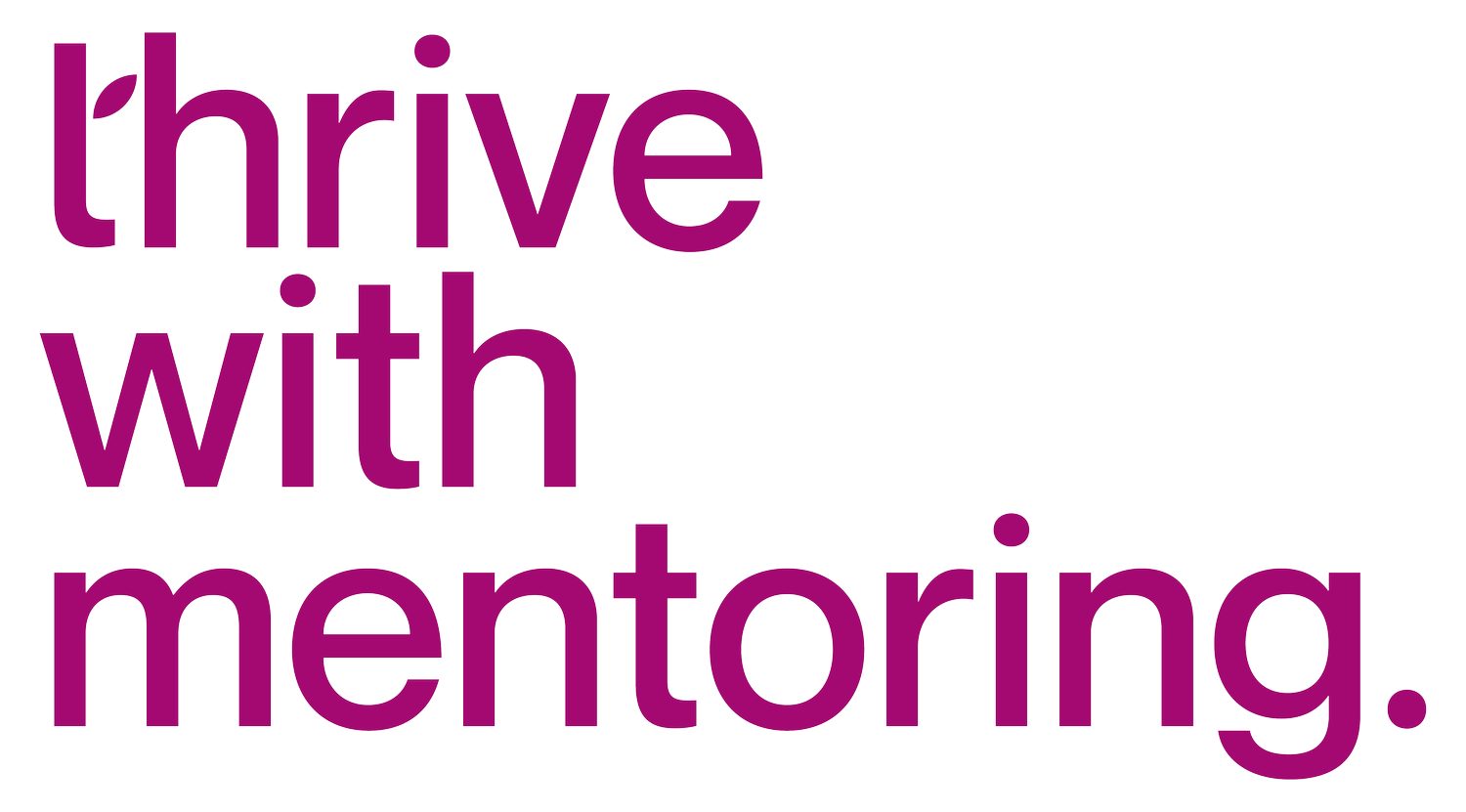How to lead people who don’t resonate with your ideas and beliefs?
“Did you fill out the document and send?”
“Not yet. I am still trying to understand why this is important.”
This was a usual conversation between Pia and Jesse.
Jesse was a hard-working professional but never a confrontational one. So, if there was anything that he didn’t like, he would stew on it and procrastinate. The constant delays made it apparent that he did not believe in Pia’s ideologies or work methodologies.
Pia made several attempts to objectively reason with him on a one-on-one basis, but it didn’t work out.
The problem is that we try to categorise the problems we face and the people we interact with, in broad categories. Then, we try to map existing solutions to those problems.
Pia believed that holding free flow conversations could help solve anything and everything. She applied known conventional means to deal with the situation, but that wasn’t enough.
I have seen people managing to co-exist under the same roof for years and decades, having regular conversations with each other, but never happy with each other at the same time.
Reason – The problems were the same but the solutions were also always the same. Same tone, volume and quality of conversations.
Pia and Jesse case also struggled on the same lines.
So, what do we do -
First, we need to understand the communication style of the person.
Does he give more weightage to emotions or logic? Does he like stories or facts? How accepting and inviting is he to new ideas? How comfortable he is with changes?
Second, we need to understand our own communication style.
We need to know where the conversation would lead. And for that we need to understand about people involved, more than the problem.
Now, we figure out ways to customise our communication style to the person concerned.
The most important thing is to know that it’s not always possible for one person to lean forward. Because, after-all, there is only so much that one can tweak in her personality to match someone else’s.
That calls for the need of an arbiter- a third party.
The most efficient leaders make efforts to understand the competencies and communication styles of people around them. When time comes, they know who to approach to help convince the concerned team member(s).
In scenarios like the one Pia and Jesse faced, we can take help of a colleague or a mentor, who both the parties trust and who can help build trust between the two parties.
Leadership is complicated. If someone tells you it’s going to be easy, it’s not. It’s a lot of things going well and then falling apart. We can’t expect everyone to be easy on us or with us.
But we have to know what may or may not work.
Leadership is more about understanding people and their beliefs.
It’s about being attentive to people’s communication and personality styles.
It’s about being aware of the self.
And it’s about knowing that we can’t do everything and convince everyone.
But it’s about knowing and identifying who can help with that.
